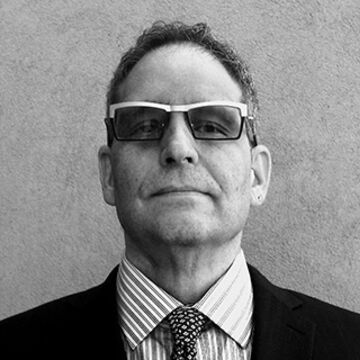|
Description
Large Format Photography introduces students to the ideas and aesthetics associated with a large-format view camera. Students will learn pre-visualization, camera movements, perspective control, large-format optics, and how to handle large format sheet film. Assignments focus on portraiture, landscape, studio, and architecture. Students are encouraged to develop a personal style via flexible assignments. Technical skills acquired include view camera setup and control, experience with sheet film, the zone system, large format scanning, and analog and digital printing. All enrolled students are assigned a 4x5 studio camera and will have access to an 8x10 and 4x5 field cameras, along with a variety of optics and accessories. A variety of technical readings from multiple sources will help students understand perspective control, camera setup, lens choice, bellows extension, available film choices, exposure, and reciprocity compensation associated with large format photography. Additional readings and screenings will provide examples of historical and contemporary work created utilizing large format photography, and highlight the cameras meditative qualities and excellent resolution and control.
|
Class Number
1810
Credits
3
|
|
Description
Capturing Time is an online course that allows students to explore the close connections, similarities, and differences historically associated with cinematic and photographic images. The reading, screening, and research component of the class will delve into the specific historical, theoretical, and artistic practices, as well as a technique associated with still and moving images. The studio component is designed to ignite your creativity, encouraging you to experiment, develop skills in diverse mediums, and attempt to challenge the historically separated boundaries of moving and still imagery through class readings and screenings, a research presentation, and a final project. Course assignments will include readings from cinematic and photographic historians, theorists, and contemporary artists. Class readings will include essays by Walter Benjamin, Roland Barthes, Tom Gunning, Rosalind Krauss, and Rebecca Solnit. In addition to the weekly class readings, class screenings and presentations are assigned each week to supplement and support the texts. They will include cinema, photography, and multimedia installations from Chantal Akerman, Jim Campbell, John Cage, Maya Deren, Omer Fast, Hollis Frampton, Mona Hatum, the Lumiere Brothers, Christian Marclay, Man Ray, Chris Marker, Steve McQueen, Dwayne Michaels, Tsai Ming-Liang, Eadweard Muybridge, Tony Oursler, Pipilotti Rist, Hiroshi Sugimoto, Andrei Tarkovsky, Bill Viola, Andy Warhol, Gillian Wearing and more. The online course structure will provide three tiers of interaction: student to instructor, student to student, and student to content. The primary focus of the class relies on weekly assignment-based projects, peer-to-peer feedback, and self-paced visual material that will provide examples of photographic, cinematic, and interdisciplinary artists working with digital Media in various modes of production and presentation. Historical and contemporary readings and screenings provide a conceptual framework for the course work, including weekly reading responses in an online journal, short visual exercises, a research presentation on a specific artist, and a final project. Students are expected to produce substantial photographic and moving image work. *To complete this online course, a successful student will need access to a computer, an internet connection fast enough for streaming moving image material, and a camera capable of producing still and moving images (anything between a DSLR or Mirrorless camera and a mobile phone.)
|
Class Number
1826
Credits
3
|

